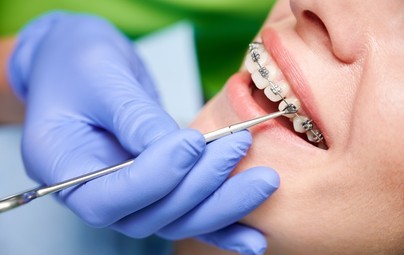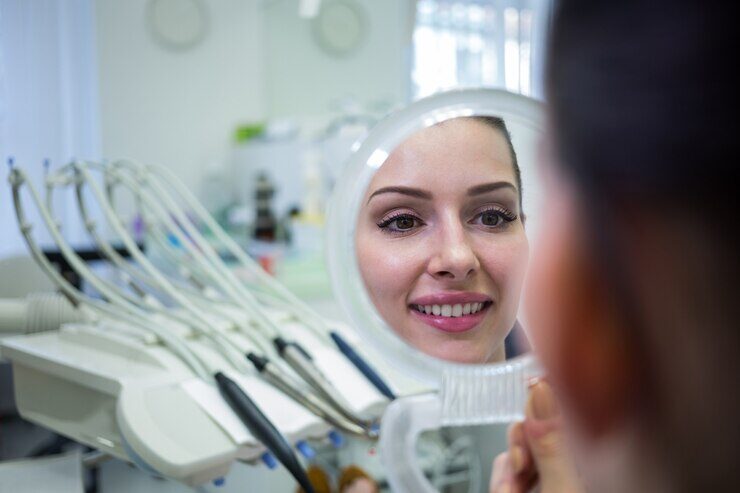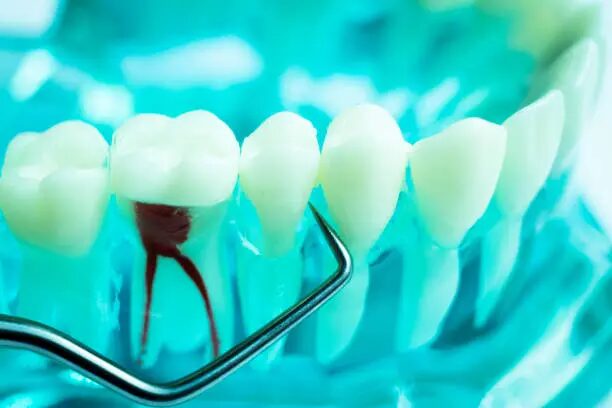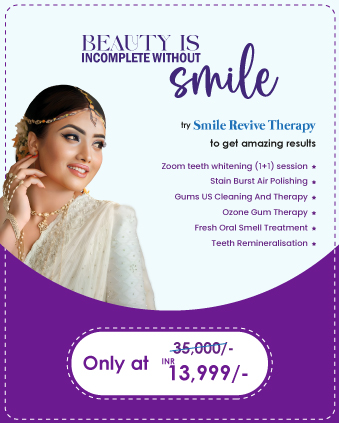Orthodontic dental treatment plays a vital role in correcting misaligned teeth and jaws, enhancing both oral health and aesthetics. From traditional braces to modern aligner systems, orthodontic treatment options have evolved significantly, offering patients various ways to achieve a straighter, healthier smile. In this comprehensive guide, we will delve into the fundamentals of orthodontic treatment, including its benefits, types of appliances, treatment process, and maintenance.
The Importance of Orthodontic Treatment
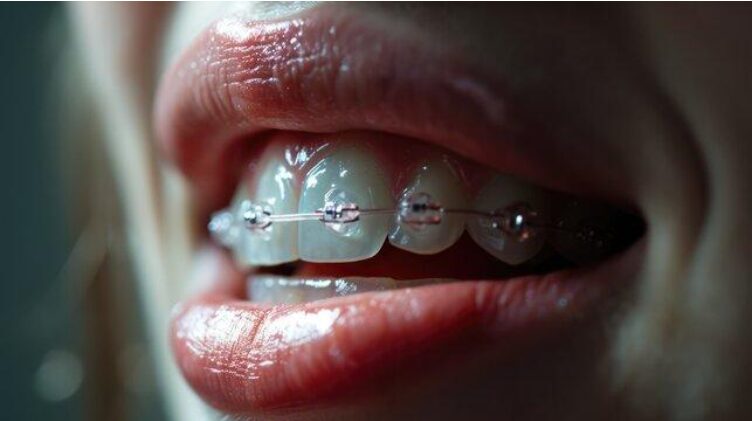
Orthodontic treatment aims to correct malocclusions, also known as misalignments of the teeth or jaws. While some individuals seek orthodontic treatment primarily for cosmetic reasons, such as improving the appearance of their smile, orthodontic care also addresses functional issues that can impact oral health and overall well-being. Untreated malocclusions can lead to problems such as difficulty chewing, speech impairments, jaw pain, and increased risk of tooth decay and gum disease.
Types of Orthodontic Appliances
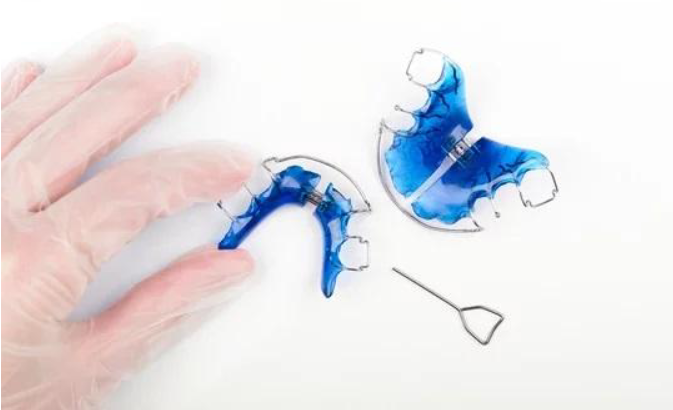
The purpose of orthodontic appliances is to gently shift teeth into the proper positions by applying mild, regulated forces. The two primary types of orthodontic appliances are braces and aligners.
- Braces: Traditional braces consist of metal brackets bonded to the front surfaces of teeth and connected by wires and elastic bands. These components work together to exert pressure on teeth, guiding them into proper alignment. While metal braces are the most recognizable type, there are also options such as ceramic braces (which blend in with the natural tooth color) and lingual braces (which are placed on the back surfaces of teeth for a more discreet appearance).
- Aligners: Aligner systems, such as Invisalign, utilize clear, custom-made trays that fit snugly over the teeth. Aligners provide more flexibility and convenience than traditional braces because they are nearly undetectable and may be taken out for eating, brushing, and flossing. Aligners work by gradually shifting teeth into alignment through a series of sequential trays, each slightly different to accommodate the desired tooth movements.
Orthodontic Treatment Process
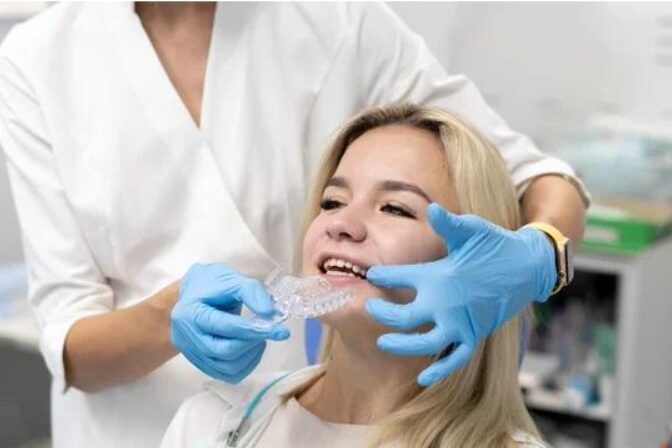
The orthodontic treatment process typically begins with a comprehensive evaluation by an orthodontist, who will assess the patient’s dental and facial structures, discuss treatment goals, and develop a personalized treatment plan. Here’s an overview of the orthodontic treatment process:
- Initial Consultation: During the initial consultation, the orthodontist will conduct a thorough examination of the patient’s teeth, jaws, and bite, and discuss treatment options and expectations.
- Diagnostic Records: Diagnostic records, such as X-rays, photographs, and dental impressions, are taken to aid in treatment planning and monitoring progress.
- Treatment Planning: Based on the diagnostic findings, the orthodontist develops a customized treatment plan tailored to the patient’s unique needs and goals.
- Appliance Placement: For patients receiving braces, the orthodontist will bond the brackets to the teeth and attach the wires and elastic bands. Aligner patients receive their first set of trays and instructions for wear.
- Adjustments and Progress Monitoring: Throughout treatment, patients visit the orthodontist periodically for adjustments and progress checks to ensure that teeth are moving according to plan.
- Retention: Once treatment goals are achieved, patients transition to the retention phase, where they may wear retainers to maintain the results and prevent teeth from shifting back.
Maintaining Oral Health During Orthodontic Treatment

Proper oral hygiene is essential during orthodontic treatment to prevent cavities, gum disease, and other complications. Patients with braces should brush and floss carefully around brackets and wires, using specialized tools such as interdental brushes and floss threaders. Aligner patients should clean their aligners regularly and remove them before eating or drinking anything other than water.
Benefits of Orthodontic Treatment

Orthodontic treatment offers numerous benefits beyond cosmetic improvement, including:
- Improved Oral Health: Straighter teeth are easier to clean and less prone to decay and gum disease.
- Enhanced Bite Function: Properly aligned teeth contribute to a more stable bite, reducing the risk of jaw pain and temporomandibular joint (TMJ) disorders.
- Increased Confidence: A straight, attractive smile can boost self-esteem and confidence in social and professional settings.
conclusion
In conclusion, orthodontic dental treatment is a valuable investment in both oral health and overall well-being. By understanding the basics of orthodontic care, patients can make informed decisions about their treatment options and embark on a journey toward a healthier, more beautiful smile. Whether opting for traditional braces or clear aligners, orthodontic treatment offers the opportunity for a lifetime of improved oral health and confidence.

